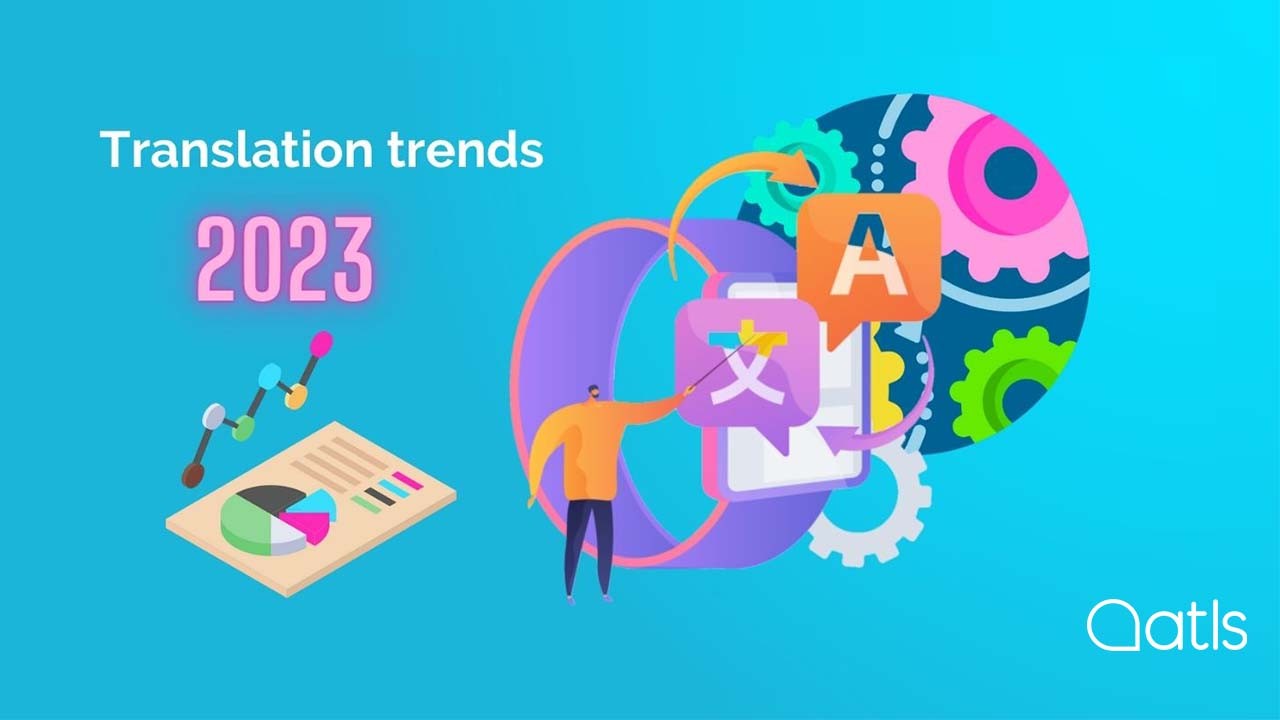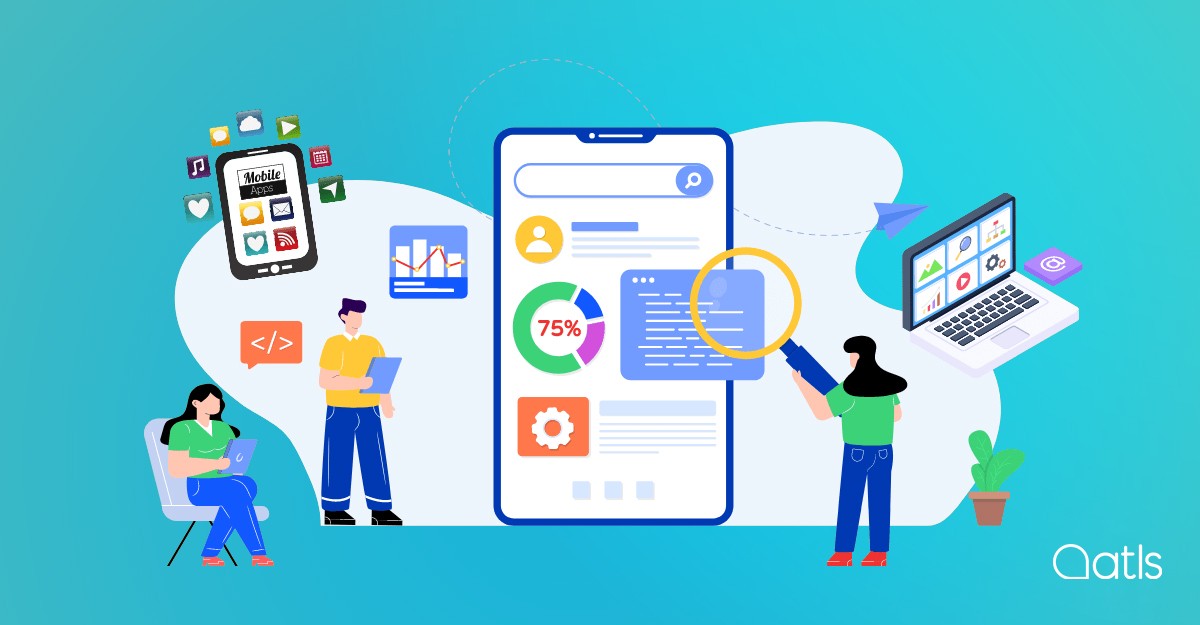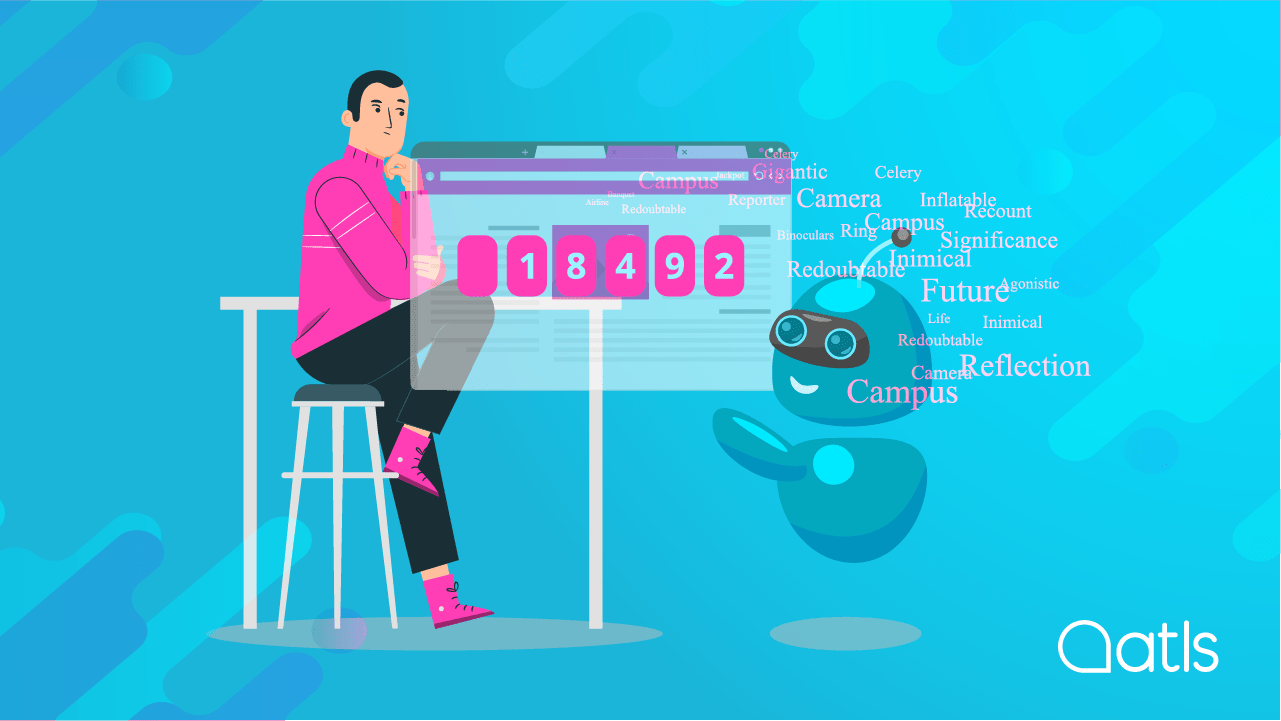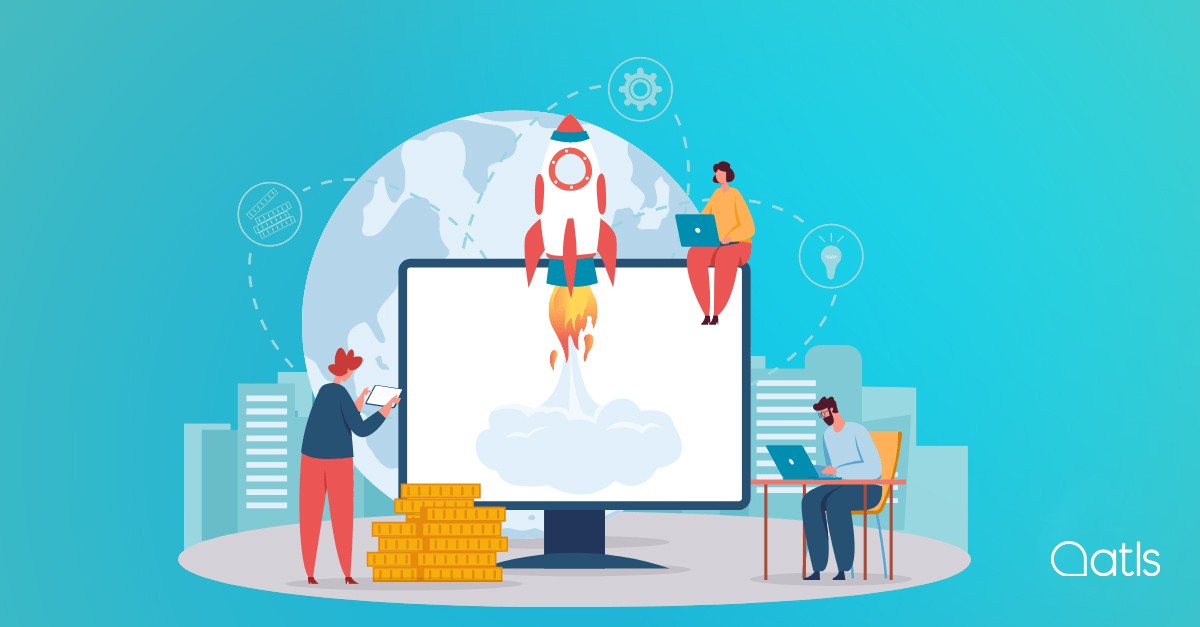Translation trends in 2023

As is customary, the first post of the year is dedicated to analysing the trends in translation. What future awaits the translation sector? What are main trends in the sector in 2023? Let's find out.
In recent years we have witnessed a time of global instability marked by pandemic, inflation, armed conflicts, supply problems, etc. It's a big deal!
This situation has irrevocably changed the way we do business and has led to a turning point in the adoption of new technological solutions that help businesses to face these difficult times and turn them into a competitive advantage.
Let's see what trends in translation are going to mark 2023, always from our humble point of view, naturally.
More personalised digital experiences
It's becoming increasingly difficult to win customers and build loyalty and more effort is needed to close the sales process. So it makes all the sense in the world to focus marketing efforts on improving the user experience as much as possible. This is where content localisation comes in, which involves adapting a product or service to a specific geographical location, each with its own translations, legal and cultural aspects, units of measurement, date and time formats, colours, currency, etc.
The boom in language technology
At this point we already know that efficient translation management, as part of a company's internationalisation efforts, is not an easy task. The person charged with this task often has a lot of other responsibilities and has to deal with the constant back and forth of emails to translators or translation companies. It's an endless amount of admin with little added value, and it can be rather tedious. Therefore, technology must be allied with larger translation companies, such as ATLS, to improve efficiency and transparency (regarding both the status of the translations and the costs involved).
Thanks to the technology used to manage translations effectively, many of our clients have seen how a cumbersome process can be transformed into a quick and simple task. This has benefited them in terms of time investment and has exponentially increased their control over translation costs and resulted in significant savings.
Specialised translation according to the professional area
There is a growing demand for translation in specialist areas that require the use of specific and/or technical vocabulary. These translations are aimed at a specialised audience and require precision that leaves little room for creativity. These can be in different sectors of activity, such as healthcare, legal, IT, financial, industrial, information technology, etc.
SEO translation strategy
SEO translation is about ensuring your translated website gets ranked by search engines. Before you think about anything else, you need to optimise your website in the original (source) language; this will lay strong foundations for your SEO translation. The formula for success isn't magic, but it almost is: Good website translation + international SEO translation = take on the world.
As Neil Patel explains, "There is already a lot of English content, but there is not enough in other languages, although most people in the world don't speak English". Therefore, a multilingual SEO strategy is an important step along the road to success.
One step before SEO translation is, without a doubt, the translation (or rather, the localisation) of the website. Many people still rely on free automatic translation to translate their websites. Big mistake!
By the way, what is multilingual SEO?
It refers to the practice of optimising SEO content in several languages and aims to increase the organic search results for a specific language.
Multilingual SEO optimisation strategies include:
- On-page SEO: content localisation, keyword optimisation, translation of alternative texts/metadata, etc.
- off-page SEO: construction of multilingual links, social networking, translation of reviews, local SEO, etc.
- Technical SEO: linguistic and geographical orientation, website analysis, etc.
Audiovisual translation and multimedia channels
Video: in 2022, videos represented more than 86% of the content consumed by Internet users. Therefore, subtitle translation is starting to become a necessity for brands, as they are increasingly using video format to connect with their users. And, as we mentioned at the beginning of this article, brands are striving to get closer to their target audience, so videos are not 'only' available in English, but they are subtitled in all the languages of the markets they are aimed at.
Podcast: The podcast is an increasingly used channel by brands of all sizes and sectors that seek to generate engagement among their users. Podcast advertising is a form of communication that helps brands to reach their target audience in a less intrusive way. However, this massive global coverage sometimes comes up against a language barrier, which means that podcasters ask themselves whether they should translate their original podcasts into different languages or not. Reasons why podcasts should be translated:
- To create and maintain an international brand reputation.
- To increase e-commerce traffic.
- So that the content is easier to use and more familiar to the target audience.
- To reach more potential customers.
Streaming: In recent years, streaming services have revolutionised the world of translation, dubbing and subtitling worldwide. The growth of streaming platforms has facilitated access to content from all over the world (films, series, podcasts, etc.). This content is no longer just in English. On Netflix, for example, you can find series from Asian countries (Korea, Japan, Turkey, etc.), European countries (Spain, Denmark, France, Norway, Sweden, Italy, etc.) and even African countries. Translation companies undoubtedly play a vital role on these streaming platforms, and this is just the beginning.
Digital marketing and translation: a 360-degree service
There is often only a very fine line between marketing agencies and translation agencies. Marketing agencies produce content, which must be internationalised, and translation agencies internationalise content. One of the trends for 2023 will be to offer companies a 360-degree service that includes digital communication, marketing and translation: from multilingual SEO and SEM to international copywriting and international digital marketing consultancy services. In other words, a comprehensive service to help companies achieve their goals in a competitive way, improve and enhance their online presence, adapt texts, content and communication to all target markets and unify all communication and translation needs in a single company.
New year: renewed hopes
With constantly evolving translation technology and a booming market, we can expect major changes in 2023 and the years that follow. But let's focus on this new year for now! We are all looking forward to seeing what 2023 will bring, so stay tuned to discover some of ATLS's new features for this year.
Do you need a translation quote? Click here!
[T1]We modify the wording with a more inclusive solution.




